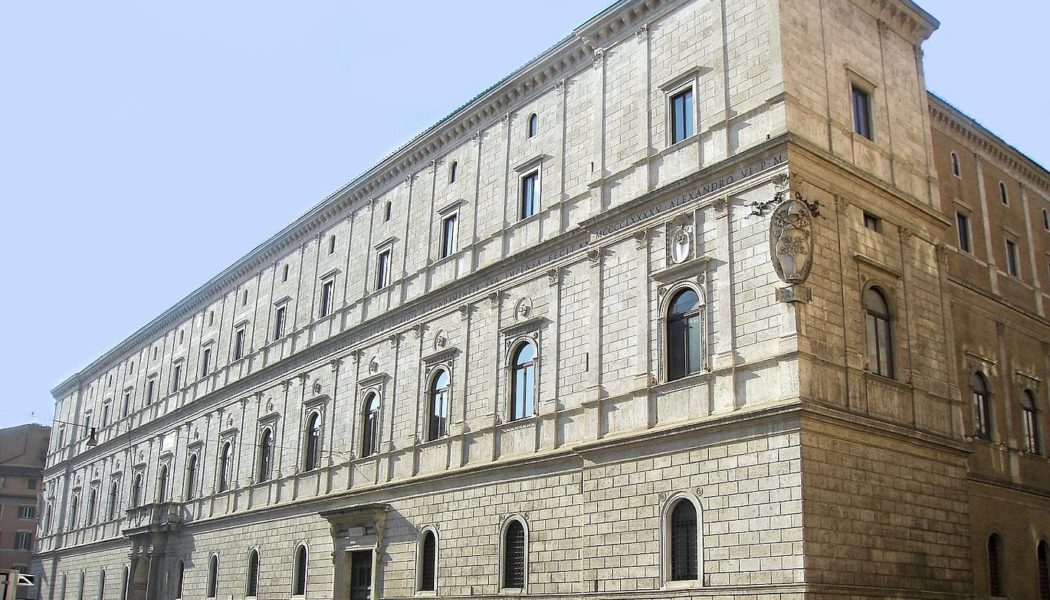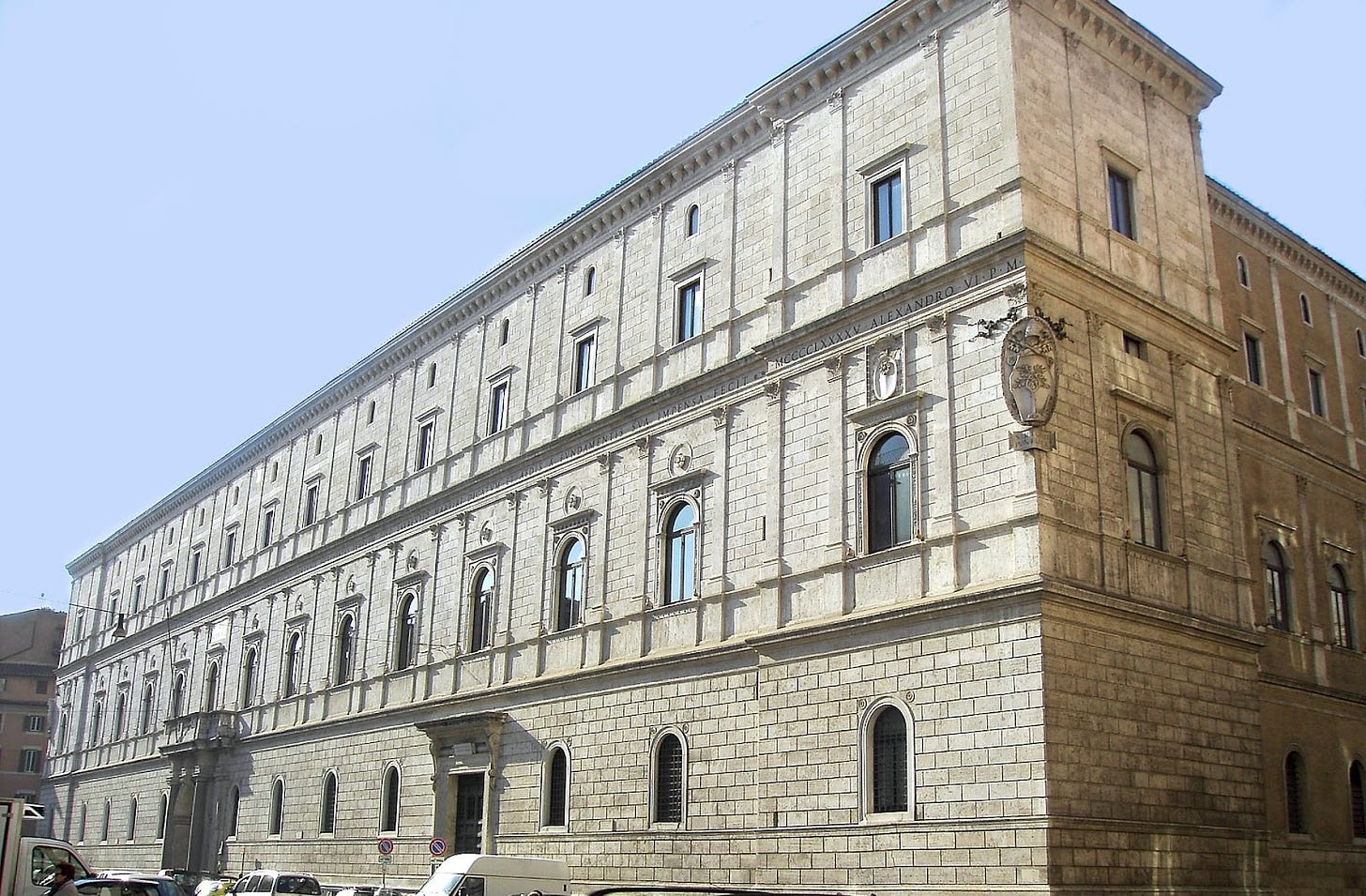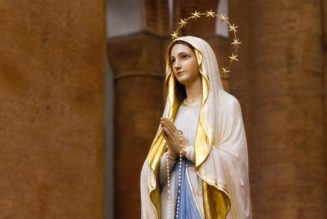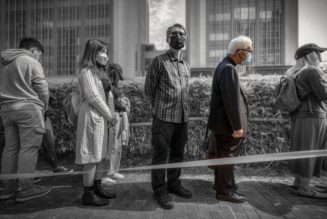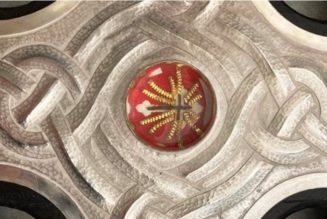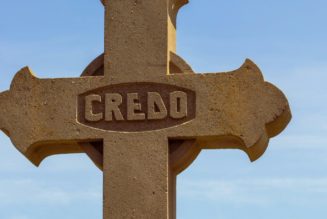Pope Francis issued a new motu proprio, Munus tribunalis, promulgated on Feb. 28 but published on March 2, amending the language of eight articles of the proper law of the Supreme Tribunal of the Apostolic Signatura.
The changes were characterized as “minor” by the Vatican’s official media portal, with most of the changes related to terminology and language, bringing the court’s proper law into harmony with the pope’s 2021 constitution on the Roman curia Praedicate Evangelium.
But the changes also highlight some of the important curial and canonical developments of recent years — and continue ongoing debate about the nature and exercise of governing authority in the Church.
—
The Apostolic Signatura acts as the final canonical court of appeal in the Church.
The bulk of the tribunal’s work concerns appeals against acts of governance by dicasteries of the Roman curia. These cases are themselves usually cases of diocesan or religious provincial governance from around the world which have been appealed to Vatican departments like the Dicastery for Clergy or the Dicastery for Institutes of Consecrated Life and Societies of Apostolic Life.
The court also resolves conflicts of competence between curial departments in administrative matters, as well as between lower canonical courts without a common court of appeal. And the Signatura also hears appeals concerning judicial decisions — as opposed to administrative acts of governance — made by the Roman Rota, the Vatican’s judicial court which serves as the final court of appeal for marriage nullity cases from tribunals around the world.
In addition to this, the Apostolic Signatura also has a vigilance function over the Church’s canonical justice system, approving the creation of new courts and conducting annual surveys of lower courts to ensure they have sufficient qualified personnel and monitoring their caseloads.
Munus tribunalis amends the proper law of the Signatura, first promulgated by Pope Benedict XVI in 2008.
To this end, the Signatura’s purview is now explicitly amended to include approving “the erection of tribunals of all kinds established by the bishops of several dioceses,” making explicit its jurisdiction over the new canonical phenomena of “national penal tribunals” being established in some places, most notably England and Wales, to handle complaints of clerical misconduct.
Of the eight articles amended, the majority of the changes consist merely of replacing the word “dicastery” with the term “curial institution” — a change reflecting the preferred language of Praedicate Evangelium.
However, the new, broader terminology also reflects a broadening of the Signatura’s competence, in line with a slate of curial reforms brought in by Francis over the last decade.
Under the previous curial constitution, Pastor Bonus, the term “dicastery” encompassed various levels of curial departments, including congregations as well as pontifical councils.
These were reorganized and consolidated by Praedicate, and the different terms abolished in favor of the general term “dicastery” for all departments. Additionally, other curial institutions — many of them financial — have also been created by Pope Francis over the last decade, listed in Praedicate, and now brought under the jurisdiction of the Signatura.
Among those bodies now listed in Praedicate as “curial institutions” and therefore under the jurisdiction of the Apostolic Signatura are the Office of the Auditor General, the Council for the Economy, and the Commission for Reserved Matters (matters touching the sovereign interests of the Holy See and outside normal Vatican scrutiny), and the office of Cardinal Camerlengo.
These changes create a new line of administrative appeal for the new departments, for which recent events have demonstrated a need.
Currently working its way through the Vatican City’s civil court of appeal is a lawsuit brought by the former auditor general, Libero Milone, who was forced from his office in 2017 under threat of criminal prosecution.
Milone filed suit for wrongful dismissal in 2022, arguing that he was forced from his job in retaliation for uncovering curial financial misconduct. During the first hearing of the case, much of the legal argumentation concerned which Vatican office — if any — bore ultimate responsibility for Milone’s termination.
Under the new changes to the Apostolic SIgnatura’s law and jurisdiction, if Milone were bringing his case today, it would seem that the matter could have been treated as a canonical, rather than civil law matter to be judged by the Church highest canonical court — rather than in the civil law courts of Vatican City.
The other more obviously practical changes brought in by Munus tribunalis concerns those who are eligible to serve as members of the Apostolic Signatura in the first place. And, while the change to the law is clear, the reasons for the change have not been explained by the Vatican.
Article one of the court’s proper law, as promulgated by Benedict XVI in 2008, states that “The Supreme Tribunal of the Apostolic Signatura consists of a group of Cardinal and Bishop Fathers who are appointed by the Supreme Pontiff…”
“Some clerics of good reputation, doctors of canon law and endowed with exceptional canonical knowledge, can also be included in the group of Members.”
Under the changes published on Saturday, the word “clerics” is replaced by “presbyters,” thereby restricting membership of the court to those ordained as priests or bishops only, and excluding deacons — who are also clerics — from appointment.
The proximate reason for the change is likely to reflect the same formulation for the court’s membership contained in Praedicate Evangelium, which limits the additional membership to “presbyters” rather than clerics.
However, even if this is the only reason for the change in Munus tribunalis, the reason for the change having been brought in with the new constitution in 2021 has itself not been explained — and went widely unnoticed at the time of its promulgation.
The scope for deacons to act in various ecclesiastical positions of authority has been a point of ongoing debate and reform within the Church for decades. Deacons are ordained ministers, whose ordination is part of the one sacrament of sacred orders which includes the orders of deacon, priest, and bishop.
Under the current law, all ordained ministers are, by fact of their valid ordination, also clerics, which is itself a purely legal category within canon law, carrying with it certain rights and obligations.
In 2009, Pope Benedict XVI issued the motu proprio Omnium in mentem, which treated several canonical issues, the limits of deaconal authority among them.
In line with previous changes made to the Catechism of the Catholic Church by Pope St. John Paul II to better express the teaching of the Second Vatican Council, Benedict ordered that canon law be changed to clarify that while ordained, deacons do not act “in persona Christi Capitis” — in the person of Christ the head.
Benedict mandated that canon law draw a clear distinction, which emphasized that priests and bishops are configured ontologically to share in Christ’s headship, whereas deacons are ordained to be “icons of Christ the Servant.”
In law, this was expressed with canonical revisions to say: “Those who are constituted in the order of the episcopate or the presbyterate receive the mission and capacity to act in the person of Christ the Head, whereas deacons are empowered to serve the People of God in the ministries of the liturgy, the word and charity.”
But if amending the proper law of the Signatura, either with Francis’ motu proprio this past weekend or his constitution in 2021, was meant to bring the court in harmony with Benedict’s previous motu proprio, it would be strange.
Benedict issued Omnium in mentem in 2009, just one year after promulgating the singatura’s own law. If the latter necessitated a reform of the former, many would have expected to see it included in the motu proprio’s changes to the Code of Canon Law.
It is also worth noting that deacons and lay people have, for decades, served as associate judges on canonical tribunals at the diocesan and local appellate levels.
And although the proper law of the Dicastery for the Doctrine of the Faith has a basic requirement that only priests — and bishops — can serve as judges in trials of clerical sexual abuse of minors, the law also allows for lay judges to be appointed by special dispensation, even at the level of the Church’s highest canonical criminal court.
This being the case, the amendment of the Signatura’s constitutive law to exclude the possibility of deacons being appointed to the Apostolic Signatura seems an odd priority.
More to the point, the reform also appears to row in the opposite direction to the pope’s preferred canonical school of thought, one which was widely held to underpin Praedicate Evangelium in the first place, at least as articulated by the senior canonist Cardinal Gianfranco Ghirlanda, SJ.
In a Vatican press conference following the promulgation of the constitution in 2021, then-Fr. Ghirlanda, r who helped draft the document and subsequently made a cardinal for his efforts, said that laypeople could lead curial departments because “the power of governance in the Church doesn’t come from the sacrament of Holy Orders, but from the canonical mission.”
The change could, of course, be simply intended as a reflection of praxis: to date, no deacon has been appointed by a pope to serve as a member of the Apostolic Signatura. Though, even if that is the reason, the move to formalize the practice seems an odd choice within the wider spirit of Francis’ reforming agenda.
Comments 23
Services Marketplace – Listings, Bookings & Reviews
